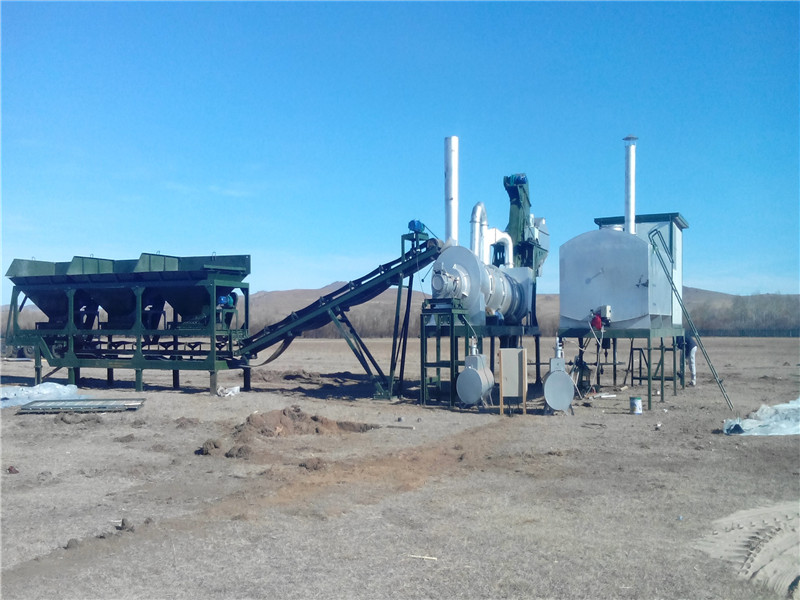How Does a Mobile Asphalt Plant Work?
As experts in the field of asphalt production and innovation, we are here to provide you with a comprehensive guide on how a mobile asphalt plant works. If you are looking for detailed insights into this crucial aspect of road construction and asphalt manufacturing, you've come to the right place. In this article, we will delve into the intricacies of mobile asphalt plants, explaining their functionalities, advantages, and why they are essential for modern road-building endeavors.

Mobile asphalt plants have revolutionized the way we produce asphalt for road construction projects. Unlike traditional stationary plants, these mobile versions offer unparalleled flexibility and efficiency, making them an indispensable tool for construction companies, municipal authorities, and road builders worldwide.
Components of a Mobile Asphalt Plant
A mobile asphalt plant is a self-contained unit that is mounted on wheels and can be transported to different job sites with ease. While the specific components may vary slightly from manufacturer to manufacturer, the general elements of a mobile asphalt plant include:
a. Aggregate Feeder System
The aggregate feeder system is the heart of the asphalt plant, responsible for storing, transferring, and feeding the various aggregates, such as sand, gravel, and stone dust, into the plant. This process ensures the proper mix proportions and consistency, crucial for producing high-quality asphalt.
b. Drying Drum
The drying drum is where the aggregates are heated and dried to remove any moisture content. This essential step ensures that the asphalt mix adheres properly and is free from potential defects that could compromise the road's durability.
c. Mixing Unit
The mixing unit is responsible for blending the heated aggregates with bitumen and other additives, such as mineral fillers and asphalt cement. This process creates the final asphalt mix, ensuring that all components are uniformly distributed for optimal performance.
d. Bitumen Storage Tanks
Bitumen storage tanks hold and heat the bitumen before it is added to the mixing unit. Proper temperature control is critical to achieve the desired consistency and workability of the asphalt mix.
e. Control Panel
The control panel is the nerve center of the mobile asphalt plant, where operators can monitor and adjust various parameters, including aggregate proportions, temperature, and mix composition. Advanced control systems have made these plants highly automated, reducing human errors and increasing efficiency.
Working Process of a Mobile Asphalt Plant
Now that we have explored the essential components let's dive into the working process of a asphalt plant:
Step 1: Aggregate Loading
The process begins with the loading of aggregates into the feeder bins. These bins are equipped with conveyor belts that transport the aggregates to the drying drum. The number of bins may vary depending on the plant's capacity and the specific mix required for the project.
Step 2: Drying and Heating
Once the aggregates are in the drying drum, they are exposed to a direct flame from a burner. The hot air circulates through the drum, removing any moisture content from the aggregates, and preparing them for mixing.
Step 3: Mixing
After the aggregates are dried, they move into the mixing unit, where the bitumen and other additives are added. The carefully measured proportions ensure the right composition, enhancing the quality and durability of the asphalt mix.
Step 4: Storage and Dispatch
The final asphalt mix is stored in hot storage bins before being dispatched to the construction site. From here, it can be loaded into trucks for transportation to the project location.
In conclusion, mobile asphalt plants have revolutionized the road construction industry by providing unparalleled flexibility, efficiency, and cost-effectiveness. The ability to transport the plant to different job sites and the quality of asphalt produced make them a game-changer in the field of road-building endeavors.



